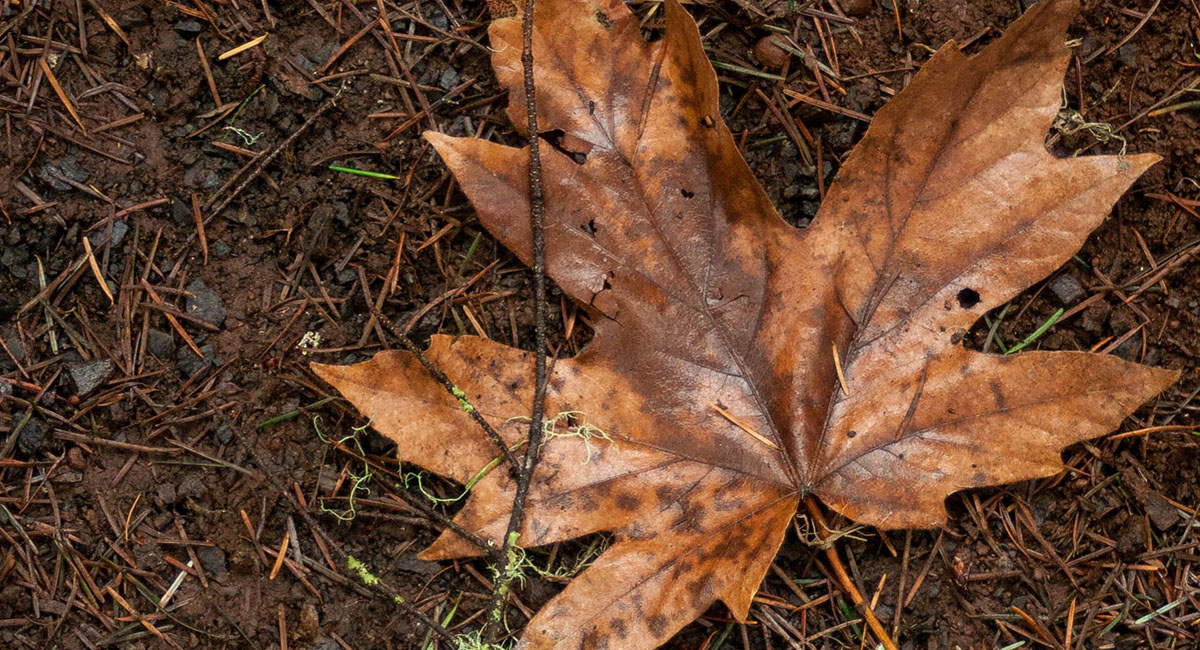2024 E-bike survey results
We asked and you answered! In spring 2024, OSU Research Forest surveyed 500 visitors to learn more about attitudes towards e-bikes in non-motorized use settings. Remember, e-bikes are currently not allowed on the forest. Read the results here as well as opportunity for additional feedback.
Forest Recreation Advisory Council
The Forest Recreation Advisory Council meets quarterly to help the OSU Research Forests realize the goal of providing safe, quality recreation opportunities while meeting the goals of the College of Forestry. FRAC discusses recreation issues and makes recommendations regarding recreation management on the Forests. This group consists of community representatives of various user groups, and weighs in on trails planning, grant applications, closures for harvest activities, and other important recreation issues on the Forests.
Forest Recreation Advisory Council Charter
Contact the Forest Recreation Advisory Council
FRAC Members
- Dog walker: Jennifer Parke
- Family: David Rothwell
- Runner: Tia Gabalita
- Student: Riley Callahan
- Community & DEIJ: Jim Blount
- Planning/Historian: Phil Hayes
- Equestrian: Kristina Graham
- Hunter: Ken McCall
- Mountain Biker: Trey Jackson
Recreation Study Results from McDonald and Dunn Forests (2018)
Kooistra, C. & Munanura, I. (2018). OSU Forest Recreation Survey Report. Oregon State University, Corvallis, OR. Final project report for Oregon State University College Forests and College of Forestry.
Acting on its mission to provide quality recreation and learning opportunities, the OSU Research Forests funded researchers Chad Kooistra and Ian Munanura in a research study to survey recreation users of the McDonald and Dunn Forests in 2017. These data, and the recommendations made by the authors, are incredibly valuable to Forest Managers in making decisions for the Forests’ Recreation and Engagement Program.
Access the full documents here:
Alternative Trailhead Transportation Strategy
We are pleased to share with you the results of a community effort to develop a strategy to address issues related to vehicular use on access roads and at trailheads. This strategy was developed to address current issues including safety, congestion, and access while also developing tools to make it easier for visitors to access the forest without their car.
Alternative Trailhead Transportation Strategy
Click here to learn how you can be involved in the solution!
Recreation and Trails 5-Year Action Plan
Check out our plans through 2022 here!
Conditional Use Permit Application and Approval
The OSU Research Forests applied for a Conditional Use Permit (CUP) with the Benton County Planning Commission in July-September, 2017. Most of McDonald Forest and the portion of Dunn Forest that is within Benton County are zoned for Forest Conservation. While some activities are automatically allowed in the Forest Conservation Zone (timber harvest, forest road construction, herbicide use, etc.), recreation uses and facilities require Conditional Use Permit review and approval by the Benton County Planning Commission. The application was approved with revised "Conditions for Approval" at a Benton County Planning Commission deliberation session on 9/5/2017.
Special Newsletter Edition: Conditional Use Permit
Review the Conditional Use Permit application and materials here: *Please note that Phase III was removed from the permit application, and the timeframe was reduced to 5 years
- Notice of Decision
- Conditional Use Permit Brochure (7/2017)
- *Conditional Use Permit Criteria and Supplemental Text (including phased plan* for recreation developments)
- Conditional Use Permit Application
- Appendix D1, Appendix D2, Appendix D3, Appendix D4, Appendix D5, and Appendix D6
- Supplemental information requested by the Benton County Planning Commission at hearings on August 1 and August 15
- Recreation Projects Timeline
Connect with us! Click here to connect with us directly to ask questions or provide constructive feedback regarding the potential projects in the plan. This will help us establish relevant priorities and shape the future of the recreation program.
Recreation and Engagement Program Goals and Objectives (2015)
Faculty and staff from the College of Forestry and the Research Forests met and reviewed the recommendations from the Recreation Collaborative alongside internal needs and mandates. This group developed the Recreation and Engagement Program Goals and Objectives for the future of the Recreation and Engagement Program. This "living" document outlines the College of Forestry’s intent in managing recreation into the future to serve as a backbone for developing specific plans associated with recreation development and management.
Recreation Collaborative Recommendations Report (2014)
In 2013-2014, extensive community engagement resulted in recommendations from the visiting public regarding the desired future direction of the Recreation and Engagement Program. The Recreation Collaborative Recommendations Report represents many hours of hard work (9 sessions!) from visitors to the Research Forests in focus groups and Collaborative meetings, with help from researchers Elspeth Gustavson and Christine Olsen.
Interpretive Plan and Style Guide (2014)
These working documents were developed to guide the development of outreach materials on the forest. You are invited to contribute your ideas regarding how to best interpret the natural world on the OSU Research Forests. Here is the working Interpretive Plan and attached style guide.
Recreation Study Results from McDonald and Dunn Forests (2011)
Needham, M. D., & Rosenberger, R. S. (2011). Public support, demand, and potential revenue for recreation at the McDonald-Dunn Forest. Final project report for Oregon State University College Forests and College of Forestry. Corvallis, OR: Oregon State University, Department of Forest Ecosystems and Society.
